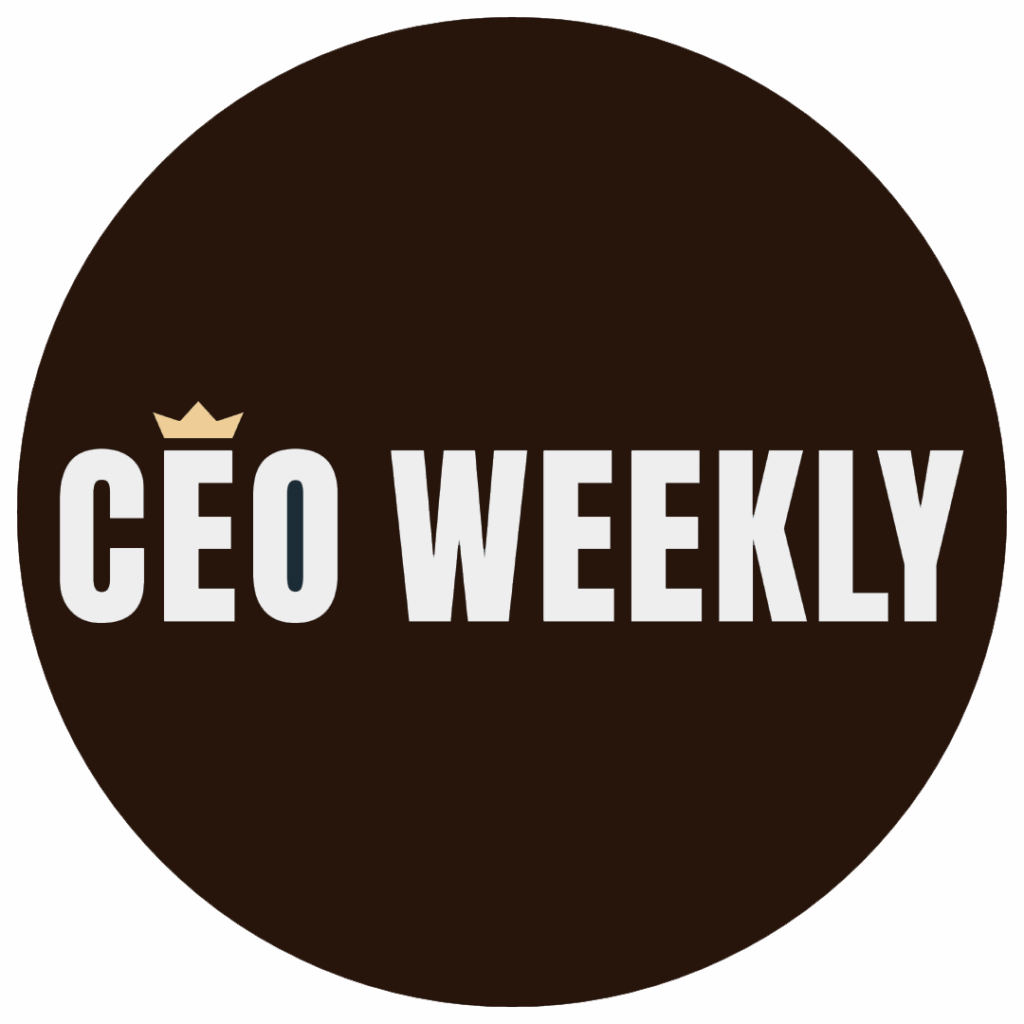By: Scott Johnson, CEO, Motivosity
HR’s job isn’t to run programs—it’s to drive performance through people. Engagement is the primary metric that predicts whether everything else will work. When engagement is high, retention, innovation, and customer experience rise with it. When it’s low, no program, policy, or perk will save you. That’s why engagement isn’t just a metric—it’s the measure of HR’s true impact and leadership legitimacy.
For HR to have a meaningful role at the strategy table, engagement has to be its north star. It’s the one metric that bridges people outcomes and business outcomes—the language executives actually speak.
HR has too many dashboards and not enough direction. Speed-to-hire, wellness challenges, turnover rates…it’s a game of whack-a-mole. Every quarter brings a new initiative, a new KPI, a new program to prove HR is adding value.
But here’s the inconvenient truth: none of it sticks if employees aren’t engaged. Engagement isn’t another HR program—it’s the gravitational force that makes everything else orbit in the right direction.
The Engagement Illusion
Too many companies are still trying to fix disengagement from the top down. They throw more perks at the problem. They launch another wellness program. They hand out branded hoodies and hope morale improves. But disengagement isn’t a perks problem—it’s a people problem.
Real engagement doesn’t start in the boardroom; it starts in the break room (or, in today’s world, the Zoom room). It starts with people feeling connected, appreciated, and purposeful—long before rewards ever enter the equation.
Without that foundation, retention initiatives fail. Leadership programs fizzle. DEI efforts stall. Because engagement isn’t a “thing” HR does—it’s what happens when employees feel part of something meaningful.
The Four Traits of an Engaged Employee
If you want to measure real engagement, focus on these four traits rather than vanity metrics:
- Motivated: “I want to do my best work.” Motivation comes from clear expectations, alignment with skills, and feeling that effort leads to impact.
- Loyal: “I see a future here.” Loyalty grows when employees have a growth path, are coached well, and believe their company invests in them.
- Connected: “I feel like I belong.” Connection is built through relationships, social opportunities, and cultural alignment—not Slack channels.
- Purposeful: “My work matters.” Purpose happens when people feel appreciated, see how their work ties to the mission, and get recognized for real contributions.
These four dimensions don’t emerge from a single initiative. They’re cultivated through daily interactions—moments of connection, gratitude, and recognition that compound over time.
Why Engagement Is HR’s Primary Leading Indicator
Most HR metrics are lagging indicators. By the time you measure turnover, you’ve already lost the people you needed most. Engagement, on the other hand, predicts everything else—retention, productivity, customer loyalty, and profitability.
Gallup’s research shows that highly engaged employees deliver:
- 23% higher profitability
- 18% higher productivity
- 70% higher well-being
- 51% less turnover
It’s not magic—it’s math. Engagement fuels every other outcome we care about.
The Trap of Top-Down Engagement
The old playbook is broken. Most companies run engagement from the top down: new programs, new perks, new surveys. But engagement can’t be managed like a project plan. You can’t force people to care with a pizza party.
The future of HR leadership is bottom-up engagement—creating the conditions where people naturally connect, contribute, and care.
Engagement Isn’t Fluff—It’s Strategy
Let’s stop calling engagement “soft.” Disengaged employees are expensive. Engaged ones are your growth engine. And the cost difference between the two shows up directly in your bottom line.
Forward-thinking HR leaders aren’t launching more initiatives; they’re building people-first cultures. They’re moving from “rewards-first” to “recognition-always.” From “HR programs” to “employee ownership.” From “we measure engagement annually” to “we live it daily.”
What to Do Next
If you’re an HR leader reading this, here’s the challenge: audit your dashboard. How many of your metrics are lagging indicators? How many of your programs are top-down? And how many of them actually give employees ownership of connection, gratitude, and growth?
Because engagement isn’t built in HR—it’s lived by every employee, every day.
Effective Practices for Building Bottom-Up Engagement
- Start with social connection. Build systems that connect employees across teams, generations, and geographies so they feel they belong to something bigger.
- Add contagious gratitude. Encourage automated, visible recognition that celebrates daily contributions and reinforces your culture in real time.
- Incentivize engagement. Create shared achievements and challenges that bring energy to teams—and use rewards, perks, and gifts as the sidekick, not the hero.
- Measure and evolve. Track engagement and eNPS continuously to learn what’s working and where to improve—because culture should evolve as fast as your business does.
Building cultures where employees are engaged, motivated, and happy is the reason I started Motivosity. It’s a recognition and rewards platform in the market that reinforces this philosophy and helps companies create stronger cultures starting with their people first.
In the end, nobody remembers the laundry list of programs you ran. They remember whether Monday mornings felt worth showing up for.
If HR wants to move from program management to business leadership, it starts here. Engagement isn’t one more initiative on the dashboard—it is the dashboard. Everything else is a reflection of it.









